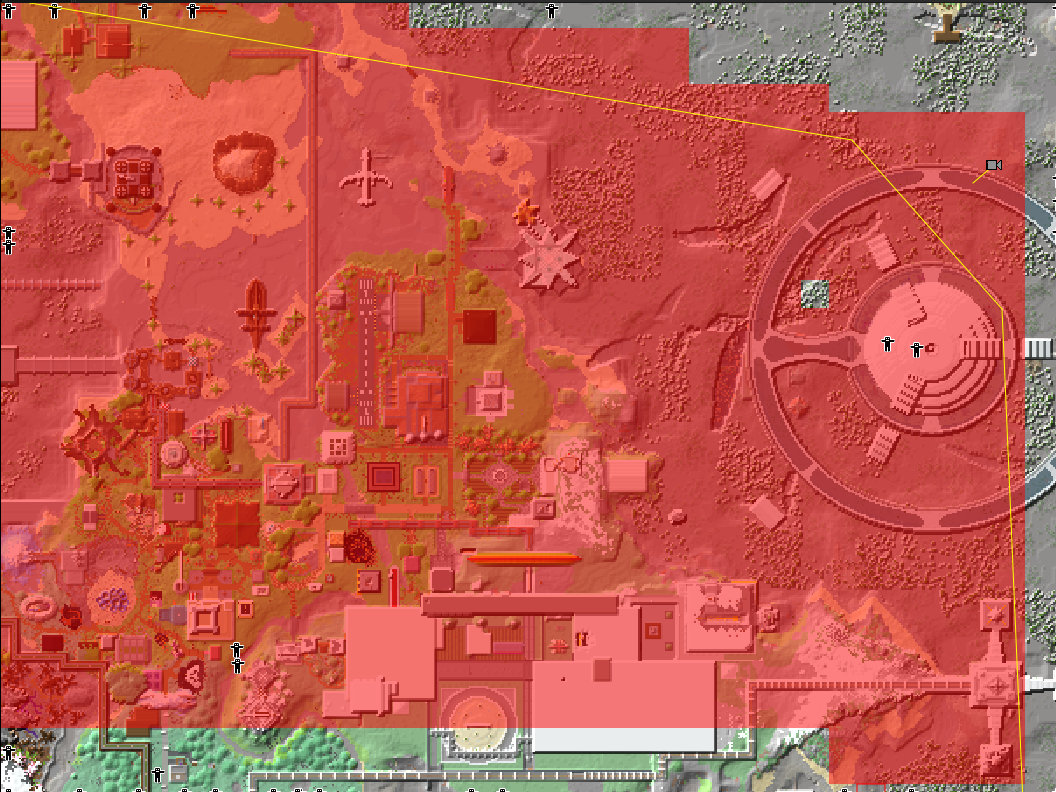
Abstract: Super-resolution and denoising are ill-posed yet fundamental imagerestoration tasks. In blind settings, the degradation kernel or the noise levelare unknown. This makes restoration even more challenging, notably forlearning-based methods, as they tend to overfit to the degradation seen duringtraining. We present an analysis, in the frequency domain, ofdegradation-kernel overfitting in super-resolution and introduce a conditionallearning perspective that extends to both super-resolution and denoising.Building on our formulation, we propose a stochastic frequency masking ofimages used in training to regularize the networks and address the overfittingproblem. Our technique improves state-of-the-art methods on blindsuper-resolution with different synthetic kernels, real super-resolution, blindGaussian denoising, and real-image denoising.
Super Sample Downscaling Denoising. A technique first covered back in October 2014. The basic premise is to render a scene at a higher than target resolution, apply a Gaussian blur to the whole image, and then scale it down to the target resolution. In any case it is assumed you render the scene for the same duration.
Super Denoising for Mac is is a high-performance noise suppression software tool designed to decrease or eliminate noise from digital photos. It is good alternative to Noiseware Mac version. Art performance in image denoising, super-resolution and JPEG deblocking. Due to the strong learning ability, our MemNet can be trained to handle different levels of corrup-tion even using a single model. Related Work The success of AlexNet 22 in ImageNet 31 starts the era of deep learning for vision, and the popular networks.
Submission history
 From: Ruofan Zhou [view email]
From: Ruofan Zhou [view email] [v1]
Super Denoising Software
 Mon, 16 Mar 2020 11:21:20 UTC (7,320 KB)
Mon, 16 Mar 2020 11:21:20 UTC (7,320 KB)[v2] Mon, 20 Jul 2020 13:47:18 UTC (5,803 KB)
 [v3]Thu, 23 Jul 2020 15:26:52 UTC (5,802 KB)
[v3]Thu, 23 Jul 2020 15:26:52 UTC (5,802 KB)Full-text links:
Download:
Current browse context:References & Citations
Super Denoising

arXivLabs is a framework that allows collaborators to develop and share new arXiv features directly on our website.
Template for mac. Both individuals and organizations that work with arXivLabs have embraced and accepted our values of openness, community, excellence, and user data privacy. arXiv is committed to these values and only works with partners that adhere to them.
Super Denoising
Have an idea for a project that will add value for arXiv's community? Learn more about arXivLabs and how to get involved.
Super Denoising Software
Deep convolutional networks have become a popular tool for image generation and restoration. Generally, their excellent performance is imputed to their ability to learn realistic image priors from a large number of example images. In this paper, we show that, on the contrary, the structure of a generator network is sufficient to capture a great deal of low-level image statistics prior to any learning. In order to do so, we show that a randomly-initialized neural network can be used as a handcrafted prior with excellent results in standard inverse problems such as denoising, super-resolution, and inpainting. Furthermore, the same prior can be used to invert deep neural representations to diagnose them, and to restore images based on flash-no flash input pairs.
Apart from its diverse applications, our approach highlights the inductive bias captured by standard generator network architectures. It also bridges the gap between two very popular families of image restoration methods: learning-based methods using deep convolutional networks and learning-free methods based on handcrafted image priors such as self-similarity.
